By: Stefani Kavner, Integrative Health Coach, NCCPT Certified Personal Trainer and Pilates Instructor

Diastasis Recti is a common issue that occurs in people after pregnancy and childbirth. Diastasis Recti is a thinning of the tissue that connects the two sides of the rectus abdominis and makes you look like you have a noticeable ‘pooch’. Your midsection bulges as your two abdominal halves split apart. It causes a doming outward around the belly button.
Diastasis Recti is not limited to only women and not just to women who have been pregnant. If you carry most of your weight in your abdomen, you might have Diastasis Recti. If you have performed exercises (especially abdominal exercises) with improper form or bad posture, you might have Diastasis Recti.
You can perform a simple test on yourself to determine if you have Diastasis Recti:
- Lie on your back with your feet planted on the ground and your knees up, as if you are in the starting position for sit-ups.
- Place your fingers right above your belly button, across your mid-line and parallel with your waistline.
- Raise your head and neck off the ground, as if you are performing an abdominal crunch exercise.
As you raise your head and neck, you should feel your abdominal muscles close around your fingers; press down gently. If you feel a gap or see a bulge between your right and left abdominal wall muscles, then you could have Diastasis Recti. You should repeat this two more times with your fingers at belly button level and a couple of inches below. You want to feel less than 2 finger widths apart to ensure you don’t have Diastasis Recti. If you are unsure, contact your doctor. My doula helped diagnose me after my second baby was born.
Here are a few exercises you can try to do a minimum of 4 times a week (if not daily) to heal your Diastasis Recti.
I would recommend trying to do these exercises once a day, every day for a month to really see results:
- Transverse abdominal strengthening: The transverse abdominis muscles act like a girdle and wrap around your entire abdominal area from the back to the front. Lie on your back with your feet planted on the floor (knees bent). Keep the normal curve of your back throughout. Place your fingers on your pelvis. Try to visualize those separated muscles being sewn back together and pull the muscles in and up from the belly button. Contract the muscles as if you are being punched in the gut. Try to do this for 20 seconds and repeat that 4 times. It should get easier the more you do it.
- Heel slides: Lay flat on your back with your feet planted firmly on the ground and knees bent. Slowly glide your right foot out into a straight position with a flexed foot. Slide right foot back into starting position and repeat on the left side. Repeat 10 times on each side.
- Heel drops: Lay flat on your back with your feet planted on the ground and your knees bent. Bring your legs into a tabletop position and bringing those abdominal muscles drawn in and up from the belly button. Slowly, lower the right foot to the floor and tap your toes on the floor, being mindful of your core the entire time. Bring the right foot back to the starting tabletop position and repeat on the left side. Repeat 10 times on each side.
- Hip bridge: Lay flat on your back with your feet planted firmly on the ground and knees bent. Slowly lift your rush off the ground while squeezing your glutes, making sure to engage the core and your pelvic floor (these are all connected). When you get to the top, make sure you are squeezing those inner thighs and hold for 3 seconds before slowly lowering back down to the ground but never really touching the floor, so that your muscles are fully engaged the entire time. Repeat this 20 times.
Be slow and intentional with your movements. Make sure you are breathing out as you engage the muscle and breathe in as you return to the starting position. You want to push these muscles back together so try visualizing just that. It helps!
Here are a few things I recommend that you DO NOT DO, if you have Diastasis Recti:
- Planks. Planks put a strain on those abdominal muscles and do not promote healing! This means any variation of a plank you can think of, including side planks.
- Heavy lifting. You should avoid as much as possible.
- Traditional sit-ups, crunches, leg lifts and twisting or rotating movements. You want to avoid any exercises that work the abdominal wall against the force of gravity.
- Back-bends or other spinal extensional movements that put increased stress on the abdominal tissues.
Try out these suggestions and feel free to also reach out to Stefani directly to discuss or book an appointment at https://www.longislandholisticfitness.com/.
